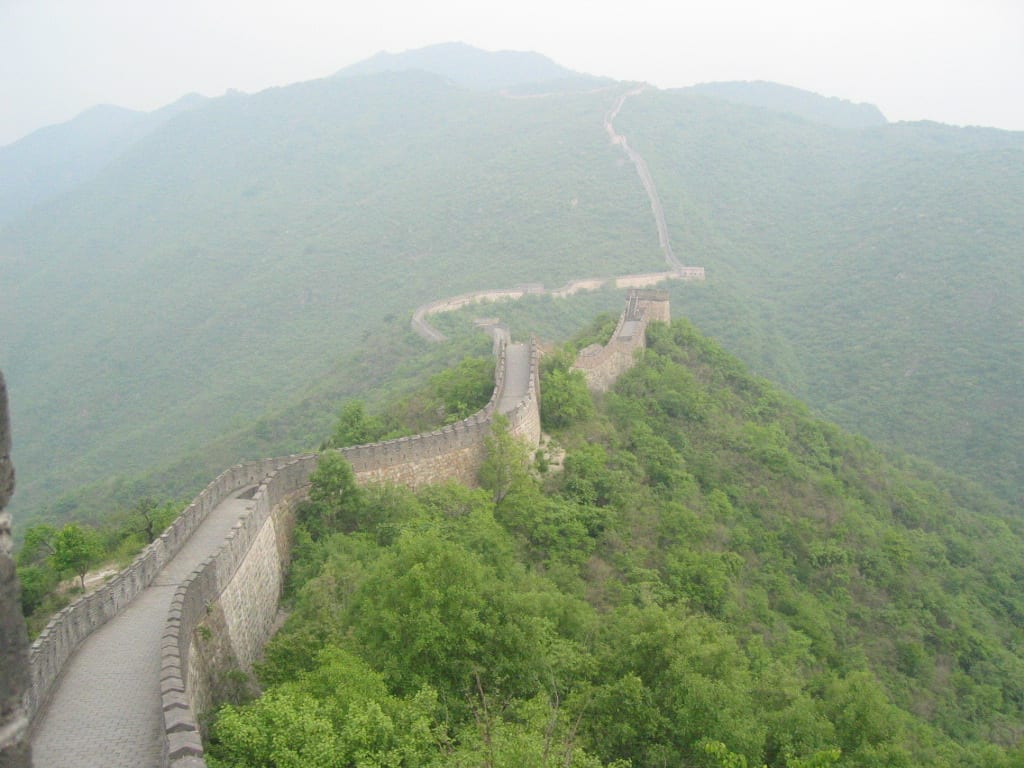This is part of a series of snapshots from around the world with the U.S. Soybean Export Council (USSEC). U.S. Soy has a presence in key markets around the world, and this series aims to showcase the importance of U.S. Soy in these unique markets in 2018 and beyond. USSEC is a partnership of key stakeholders representing soybean producers, commodity shippers, merchandisers, allied agribusinesses and agricultural organizations that help to build a preference for U.S. soybeans and works to optimize the utilization and value of U.S. Soy in international markets by meeting the needs of our stakeholders and global customers.
Market snapshot:
- Japan is a large market for crushing U.S. Soy into soybean meal containing quality amino acids animals need.
- South Korea is currently the number one market for U.S. soybean oil.
- In Taiwan, there is a growing opportunity for soybeans with sustainability documentation.
- North Asian importers choose U.S. soybeans for reliability and consistency in product quality.
- Feeding fish with U.S. Soy using new technology such as in-pond raceways is catching on in the region.
North Asia’s Considerable Import Market
Because soy foods are a staple in many Asian diets, North Asia is a substantial importer of food-grade soybeans. Japan is the largest market for U.S. identity preserved (IP) food-grade soybeans, and in Taiwan, 70 percent of food-grade soybeans originate in the U.S. The number one export market for U.S. soybean oil is South Korea.
“North Asia is vast and consumes an immense amount of soybeans,” says Paul Burke, USSEC Regional Director for North Asia. “Producers feed soybean meal to the pigs, chickens and fish; consumers buy the meat, go home and use soybean oil to cook it. And frequently they are using other soy foods like soy sauce, soy pasta and tofu to add right into that meal. This marketplace consumes soy for breakfast, lunch and dinner.”
Because soy has a heavy consumer base in North Asia, there is a growing opportunity to share the message of sustainable soy through the U.S. Soybean Sustainability Protocol (SSAP), a certification that verifies U.S. soybean sustainability. Six firms in Taiwan have added the U.S. Soy Sustainability Assurance Protocol (SSAP) logo to its products.
Currently, 90 percent of the soybeans harvested in the U.S. meet these certifications. Taiwan importers have been steadily adding SSAP logos to soy products sold throughout the country. That labeling builds customers’ confidence in a sustainable product and a market advantage for U.S. Soy.
“The SSAP logo helps companies differentiate their products,” says Julian Lin, USSEC Taiwan representative. “It also helps them adhere to their corporate sustainability policies and meet suppliers’ guiding principles.”
Lin adds that the logo and support for proving sustainability strengthens preference for U.S. Soy with Taiwanese businesses.
Demand for Soy Grows with North Asian Animal Agriculture
The animal agriculture industry continues to grow in North Asia. Animal feed formulators there look to U.S. Soy for its composition and quality — specifically for the amino acid balance found in U.S. soybean meal that provides exceptional nutrition to animals. Already a staple in the swine, beef, poultry and dairy industries, soybean meal has a growing opportunity in the aquaculture industry too.
Through partnerships with USSEC, new technologies like In-Pond Raceway Systems (IPRS) have been developed in North Asia. Using IPRS to update existing ponds, raceways simulate a river flow with constant water movement. This process lowers the cost of producing aquaculture while sustainably conserving water. Water is re-used rather than drained from the ponds, and fish waste is recycled for use as organic fertilizer.
“The farmers in China have rapidly recognized the benefits of this [IPRS] technology and are adopting it quickly. And this is just one small example of how the U.S. soybean farmers and their support for USSEC are not only solving problems for the industry in Northern Asia, but doing it in a way that’s going to increase the usage of U.S. Soy,” says Burke.
Soybean Crushing is the Next Opportunity
In addition to soybean meal for animal agriculture, there is a growth opportunity for soybean crushing in North Asia. China has the largest and most modern crush industry, yet currently it is only operating at 50 percent capacity. In Japan there have been increases in soybean crush as canola use decreases. The South Korea crushing sector depends 100 percent on imports. Because of this, U.S. Soy can continue to grow its export of whole beans for local crushing operations to meet a growing consumer demand.
Already the largest soybean customer in the world, there continues to be growing opportunities for U.S. Soy in North Asia.
